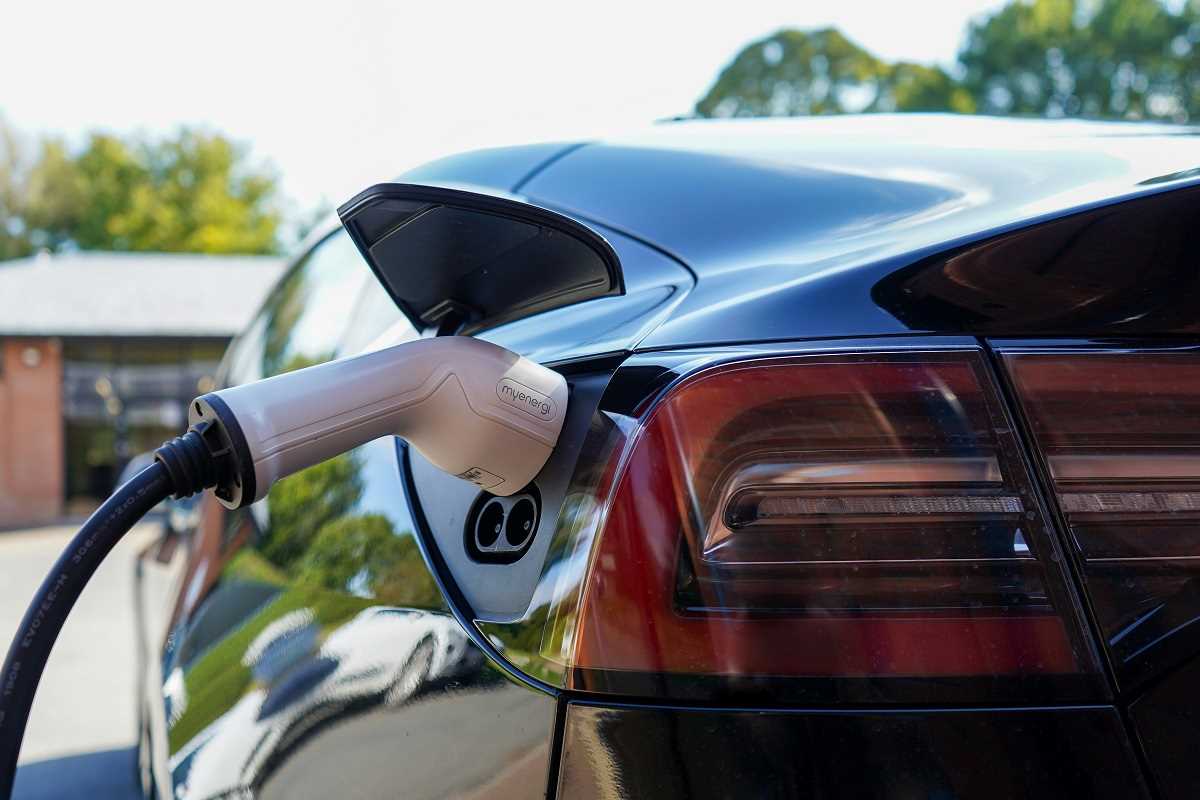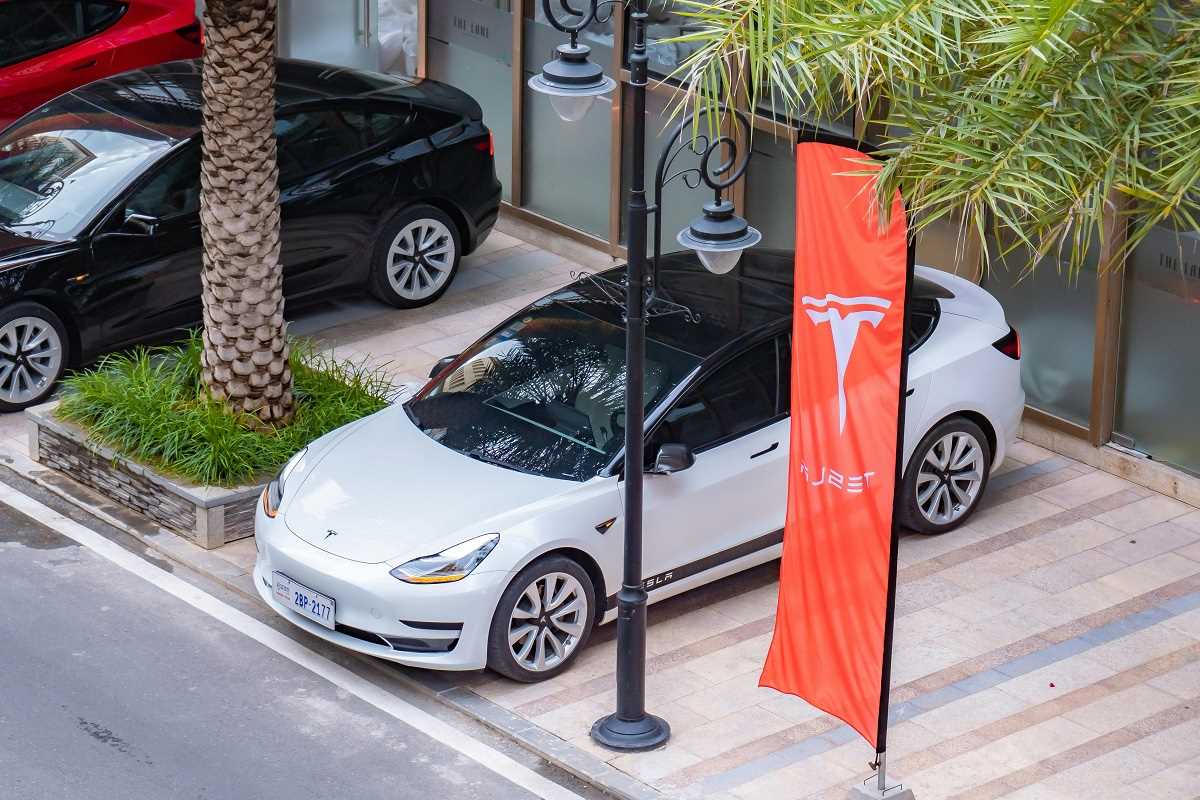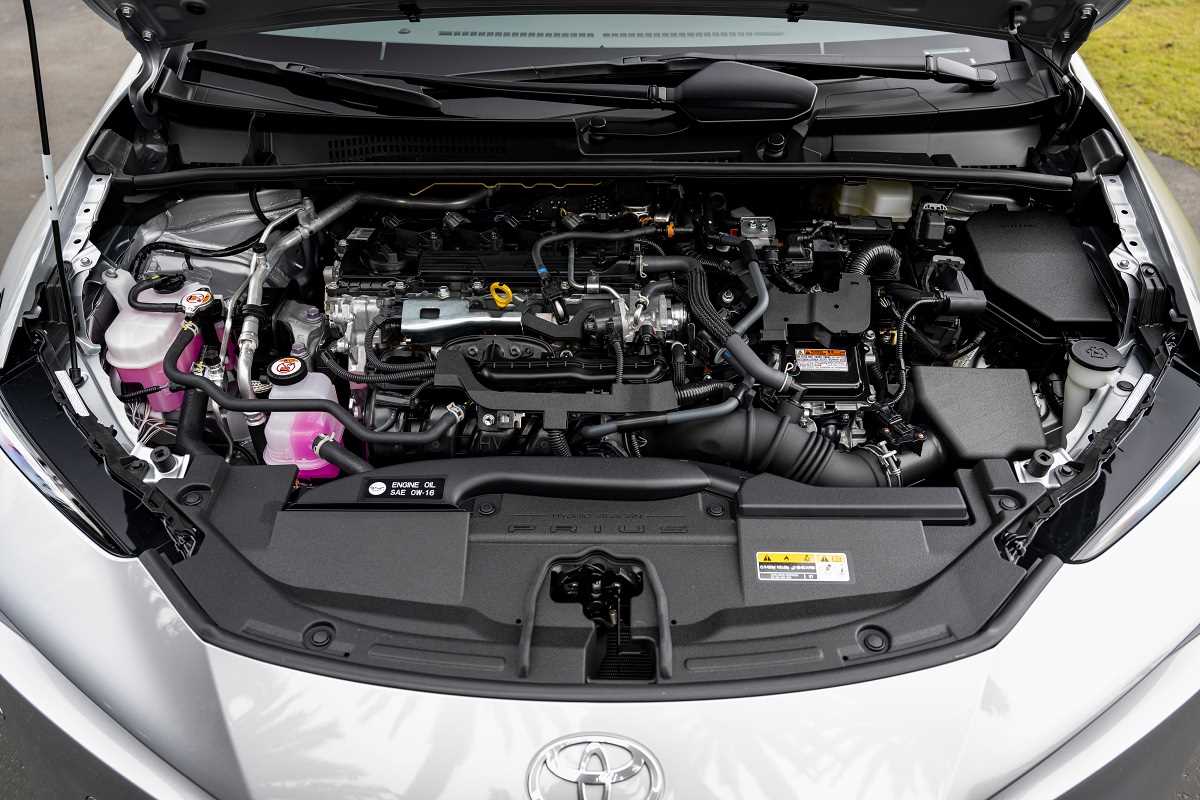The climate crisis is one of the most pressing challenges of the 21st century, and its impact on global industries is impossible to ignore. The automotive sector, historically a major contributor to carbon emissions, is facing mounting pressure to adapt and become more sustainable. From the production line to the vehicles themselves, manufacturers are committing to reducing their environmental footprint. Changes include the shift to electric vehicles (EVs), advancements in hybrid technology, and sustainable manufacturing practices. Companies like Tesla, Ford, and Toyota are leading the charge by setting new standards for innovation and environmental responsibility.
Here’s a closer look at how these automotive giants and others are directly addressing climate change and reshaping the industry.
The Shift to Electric Vehicles
Electric vehicles (EVs) have emerged as the automotive industry’s flagship solution to climate change. Unlike traditional combustion-engine cars that burn fossil fuels, EVs run on electricity and produce zero tailpipe emissions. For an industry responsible for roughly 20% of global carbon emissions, that’s a monumental shift.
Tesla’s Vision for an Electric Future
Tesla has become synonymous with the EV revolution. From its early Roadster to the mainstream success of the Model 3, Tesla has not only normalized electric driving but made it desirable. The company’s mission—“to accelerate the world’s transition to sustainable energy”—is reflected in its relentless focus on optimal efficiency. Tesla’s Gigafactories, for instance, are designed to produce batteries at scale using renewable energy sources, further reducing emissions associated with manufacturing.
The recently unveiled Cybertruck and Roadster 2.0 aim to shatter stereotypes that EVs lack performance. Tesla’s widespread Supercharger network has also addressed range anxiety, a major obstacle in EV adoption. By offering long-range vehicles and extensive charging infrastructure, the company has set the gold standard for the industry.
Ford’s Commitment to Electrification
Ford, one of the oldest and most iconic auto manufacturers, is undergoing a seismic transformation. The company’s investment in electric technology has been evident through game-changing models like the all-electric F-150 Lightning pickup truck. Representing one of the best-selling lines in automotive history, the shift to an electric version demonstrates Ford’s commitment to reducing emissions while serving the needs of traditional truck buyers.
By 2026, Ford plans to invest more than $50 billion in electrification and aims for half of its global vehicle production to be electric by 2030. The company is also building “BlueOval City,” a massive complex in Tennessee dedicated to producing batteries and EVs. The entire facility will operate with renewable energy, showcasing Ford’s dedication to sustainable manufacturing.
Toyota and Hybrid Solutions
While Tesla and Ford focus entirely on electric solutions, Toyota has taken a more hybrid approach—literally. Known for pioneering hybrid technology with the Prius, Toyota continues to focus on vehicles that balance reduced emissions with practicality for customers who aren’t ready to go fully electric.
The company is also expanding its EV offerings, including models like the bZ4X electric SUV, while doubling down on hydrogen fuel cell technology. Toyota believes hydrogen-powered vehicles, like its Mirai sedan, could complement battery-electric options and provide an emission-free alternative for consumers and industries alike. Their research into diverse powertrain solutions highlights the complexity of the climate challenge and the necessity of multiple pathways to address it.
Innovations in Battery Technology and Renewable Energy Integration
One of the greatest obstacles in transitioning to a greener automotive future has been battery technology. EV batteries need to be efficient, durable, and sustainable. Significant progress has been made in these areas, often spearheaded by companies like Tesla and emerging battery innovators.
The Quest for Better Batteries
Manufacturers are racing to develop next-generation batteries that are less reliant on rare materials like cobalt, which can be environmentally destructive to mine. Tesla is leading the effort through its lithium-iron-phosphate (LFP) batteries, which are cheaper, safer, and more sustainable. Meanwhile, Toyota and other companies are investing heavily in solid-state batteries, a breakthrough technology promising faster charging times, longer range, and improved longevity.
Renewable Energy Meets Auto Manufacturing
The integration of renewable energy into manufacturing operations is another major milestone in the automotive sector's battle against climate change. Volkswagen’s factories, for example, increasingly rely on solar and wind power to assemble EVs like the ID.4. Volvo, a leader in sustainable production, uses 100% renewable energy at its European plants and has more ambitious goals to achieve climate-neutral manufacturing by 2040.
Ford’s “BlueOval City” and Tesla’s Gigafactories are other notable examples—both designed from the ground up to prioritize renewable energy sources. By reducing the carbon footprint of production processes, automakers are addressing not just vehicle-related emissions but the entire lifecycle impact.
Consumer Behavior and Adoption
The success of sustainable automotive solutions also depends on consumer behavior. Over the past decade, shifting priorities toward green living have already driven significant growth in EV sales. Government incentives like tax credits and subsidies have played a major role in encouraging adoption. Coupled with improved affordability and increased charging infrastructure, consumers are beginning to see EVs as an attractive alternative to gas-powered vehicles.
However, challenges remain. For one, charging station availability in rural areas is still limited. Additionally, high upfront costs for EVs and battery replacements can deter budget-conscious buyers. Manufacturers are working to offer more budget-friendly models—like Ford’s electric variant of the Explorer—to address this issue.
Challenges to a Greener Automotive Future
While the automotive industry has made significant strides in combating climate change, the road ahead is riddled with challenges.
- Supply Chain Issues: Building EVs requires enormous quantities of raw materials like lithium and nickel for batteries. Mining these resources presents its own set of sustainability concerns. Manufacturers must balance growing production with ethical sourcing practices.
- Energy Infrastructure: Producing zero-emission vehicles is only one part of the equation. Ensuring the electricity used to charge these vehicles comes from clean, renewable sources remains a challenge, particularly in regions where coal and natural gas dominate the energy grid.
- Consumer Skepticism: While interest in EVs is growing, skepticism around battery lifespan, charging convenience, and resale value persists. Building trust through proven performance and affordable options will be critical.
The automotive industry is at the forefront of the global push to combat climate change. Companies like Tesla, Ford, and Toyota are leading by example, offering diverse approaches to sustainability through EVs, hybrid innovations, and eco-conscious manufacturing. These efforts don’t just benefit the planet—they’re reshaping how consumers view mobility and what they expect from their vehicles.
There’s no doubt that challenges remain, but the ongoing innovations and investments are proof that the automotive sector is rising to meet the moment. By moving beyond traditional paradigms and driving change, the industry is not only rethinking transportation but also playing a critical role in securing a cleaner future for generations to come.
 (Image via
(Image via

.jpg)



